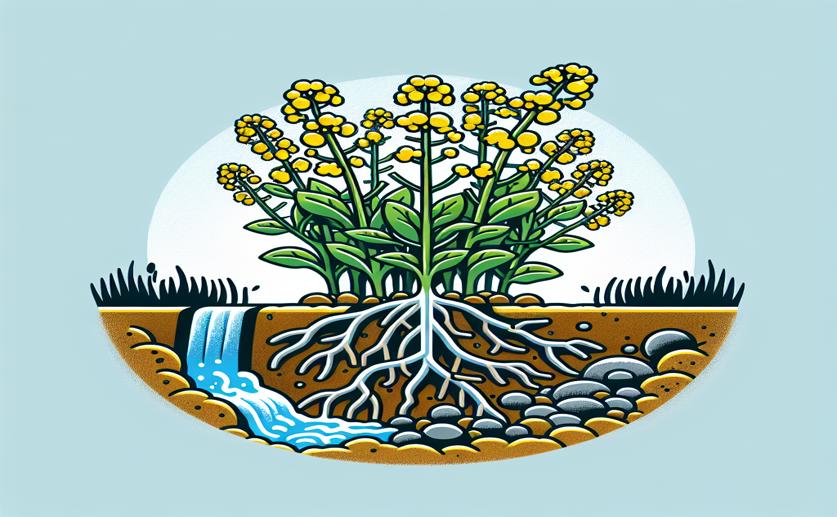
Testing Mustard Plants for Cleaning Metal-Polluted Water Soils
Jim Crocker
2nd March, 2024

Image Source: Natural Science News, 2024
Key Findings
- Study in India finds mustard plants can clean soil of heavy metals
- Varuna mustard absorbs most metals but yields less; NRCHB 101 absorbs least but yields more
- These findings can help manage soil pollution and improve food safety
AgricultureEnvironmentPlant Science
References
Main Study
1) Screening of mustard cultivars for phytoremediation of heavy metals contamination in wastewater irrigated soil systems.
Published 29th February, 2024
https://doi.org/10.1007/s10661-024-12506-4
Related Studies
2) Heavy Metal Induced Oxidative Stress Mitigation and ROS Scavenging in Plants.
3) Omics approaches in effective selection and generation of potential plants for phytoremediation of heavy metal from contaminated resources.
4) Ultraviolet-B and Heavy Metal-Induced Regulation of Secondary Metabolites in Medicinal Plants: A Review.



 25th January, 2024 | David Palenski
25th January, 2024 | David Palenski